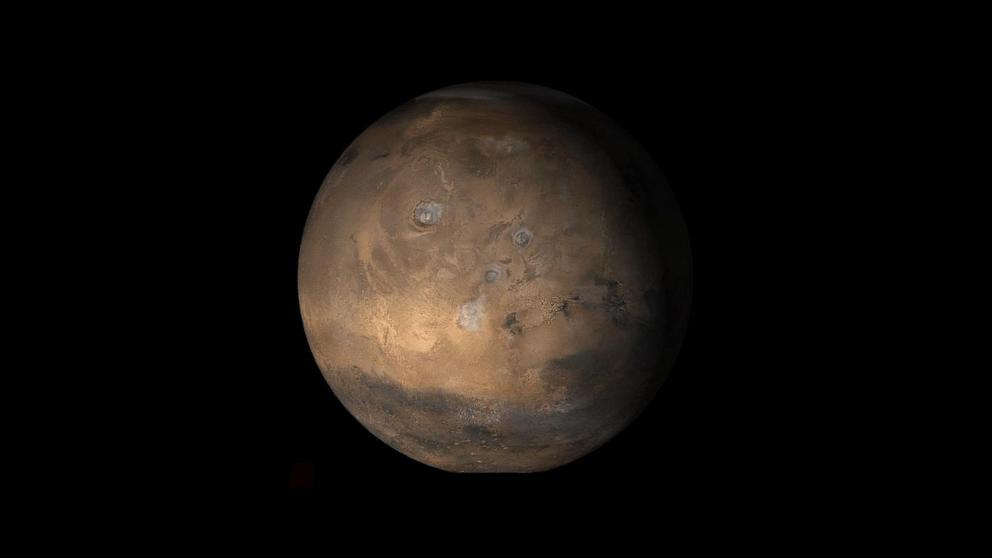National Aeronautics and Space Administration (NASA) Getting ready to send astronauts to Mars By the 2030s And the agency’s first year-long simulated mission has taken a big step toward realizing that goal.
The four-person crew recently emerged from a simulated habitat at Johnson Space Center in Houston, Texas, as part of the first completed portion of three planned programs for NASA’s Crew Health and Performance Exploration Analog (CHAPEA).
Volunteer crew members log in 378 days Mars Dune Alpha is a 1,700-square-foot 3D-printed habitat that simulates what would be needed for an actual mission to Mars.
Kelly Haston, Anka Serariu, Ross Brockwell and Nathan Jones entered the habitat on 25th June 2023 and completed the program on 6th July this week.
“This was an incredibly successful mission,” Dr. Suzanne Bell, director of the Behavioral Health and Performance Laboratory at NASA’s Johnson Space Center and a co-investigator on the CHAPEA project, told ABC News.
Bell described the program as a “monumental” step in NASA’s efforts to send astronauts to Mars in the coming decades, as it will test whether humans can live, study, eat and sleep in a resource-limited environment for extended periods of time.
The mission was designed to mimic what researchers would expect from a Mars exploration mission, Bell said, noting that the “incredible amount of data” gained from the experience proved it a success.
Daily activities for the crew during the mission included simulated spacewalks, robotic operation, habitat maintenance, exercise, and growing crops.
“Mars is our goal,” Steven Corner, associate director of NASA’s Johnson Space Center, said as the crew emerged for a news conference on Saturday. “As global interest and capabilities in space exploration continue to expand, America is poised to lead the way,” Corner said, adding that “the completion of the CHAPEA-1 mission is an important step toward this goal.”
So what would a human-led Mars mission entail? Bell explained that the 378 days the crew logged in the mock habitat was a design baseline mission to indicate how long a crew of astronauts would spend on the Martian surface.
“This long duration and this entire mission was built around the idea of trying to replicate as closely as possible what a Mars surface habitation mission would be like,” Bell said.
The trip to Mars will take about nine months each way, Bell said, with astronauts spending more than a year on the Red Planet collecting data and assessing the planet’s alignment so the spacecraft can land on Mars and depart in the same orbit.
Bell likened the orbit to a donation purse, explaining that instead of using fuel alone to reach Mars, the spacecraft would enter an elliptical orbit that would intersect with the planet and circle back down to the Martian surface.
A round trip to Mars will put more than a billion miles on the spacecraft’s odometer. National Aeronautics and Space Administration (NASA)That’s more than 1,000 times the distance traveled by the Artemis 1 spacecraft Orion in orbit around the Moon.
Missions to Mars have higher energy demands than missions to the Moon, much longer system life spans and more restrictive departure windows, the agency said.
Looking ahead, NASA’s next CHAPEA mission is scheduled for spring 2025, with the third set to launch in 2026.
“The completion of the CHAPEA mission has been really exciting. We’re just thrilled with the success of this mission,” Bell said, adding, “This will allow us to plan for the future, compare ourselves to other crews, and ensure we’re poised to one day land on Mars.”


